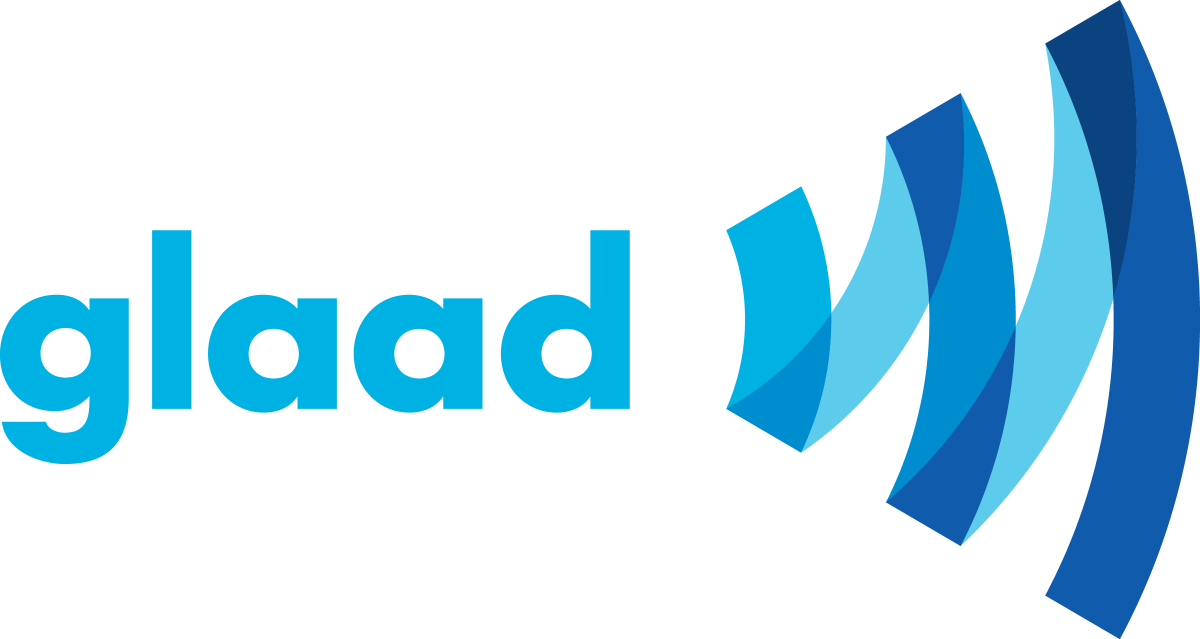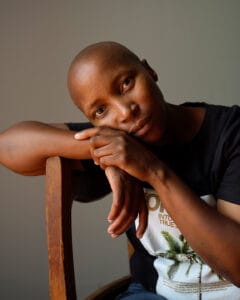Media Case Study: How Misinformation Paints HIV as a “Bogeyman”
Everyone knows the mythology of the vampire: they are villainous, mysterious blood-sucking fiends. While many people know a lot about vampires, fewer know about “vampire facials,” the colloquialism for a platelet-rich plasma facial, in which platelets are taken from your own blood and, using microneedles, injected back into your face9. The procedure, which gained popularity after Kim Kardashian photographed herself post-facial and posted it to Instagram, briefly became the subject of intense scrutiny after a spa in New Mexico without proper licensure performed the procedure and exposed several people to HIV.
Some of the earliest headlines about the incident were clear examples of stigmatizing or fear mongering surrounding HIV, something that is made worse when there is even less education about HIV. For instance, headlines from NBC10, CBS11 and Business Insider12 all linked the acquisition of HIV to the facial itself, despite the fact that, when done properly, vampire facials are not known to be a risk for HIV transmission.
“A lot of outlets bungled the story and went with the most salacious angle possible to get people panicked,” said Juan Michael Porter II, who is living with HIV and is a senior editor at TheBody, an HIV/AIDS news outlet. “The right thing to do is to lead with, ‘If you have concerns about this, it is rare and if you want to make sure your clinic is up to date and handling basic safety protocols, here’s who to contact.”
News of the cases first broke in summer 2023, when a New Mexico beauty spa named VIP Spa was found to be at the center of a number of HIV transmissions, each including people who had very few other risk factors for HIV transmission. In total, four people who received services from the spa and one person who was a sexual partner of a patron ended up being diagnosed as living with HIV13.
The story was certainly eye-catching, and headlines about the story emphasized the link between the procedure and the subsequent diagnoses, rather than human malpractice. In fact, the spa’s owner was found to be operating without a license and pled guilty to such a charge14. Despite negligence being at the center of the issue, the headlines framing a link between the facial and HIV reinforce the idea that people living with HIV are vectors of disease and continue to use the virus as a potential “bogeyman” waiting in the wings.
Such a framing is part of a long history of framing people living with HIV as infectious or linking HIV to certain behaviors or practices. One of the earliest examples is Gaetan Dougas, the Quebecois flight attendant who was villainized as the “Typhoid Mary15” of the AIDS epidemic, bringing the virus stateside. This is an example of a story framing that has stayed with us since early in the epidemic.
“This reporting puts a target on the backs of people living with HIV and makes it a lot easier for people to say, ‘Ew,’” he said. “This framing emboldens people to lean into their worst fears about HIV without thinking about how it will affect people living with the virus.”
At a major HIV medical conference in 2024, an epidemiologist with the CDC’s Division of HIV Prevention said that this is not a story about a cluster of HIV transmissions, but instead one about malpractice. “It is a story about adequate licensing,” she said16. “That is the overarching theme … things like this don’t typically happen.”
Stories like this present several opportunities for journalists. Stories about the spread of HIV present opportunities to include correct, scientifically-backed information about how HIV is spread, as well as narratives that center people living with HIV, including the reality that it is now possible to live a long and healthy life with the virus. You can also empower people with information: just as with finding a doctor or any dentist, people can research the license of any aesthetician or person who is doing a procedure on you, check to make sure their license is still up to date and see if there have been any complaints against them.












